✎ Camila Espinosa

✎ Diego Aguilera


Green turtle
Chelonia mydasPacific region
RECORRIDO VIRTUAL POR LA BIODIVERSIDAD DE COLOMBIA
Museo de Historia Natural
Universidad Nacional de Colombia

Green turtle
Chelonia mydas
Morpho-functionality
Stomach
The stomach is formed by two gastric portions separated by a constriction, this characteristic is closely related to the diet, since their diet changes considerably throughout their life cycle, the young are carnivorous and as they grow they become herbivorous.
Legs
Their legs are shaped like a paddle, this helps them to move in the water.
Mouth
They have a callus on their upper jaw that has a slightly denticulate edge which helps them catch their food.
Lifecycle
They reproduce every two years, they can nest two to five times per season with intervals of two weeks between egg layings. It seems to have great loyalty not only for the beaches, but also for the sector where they make the first nesting. In the Colombian Caribbean, the nesting season is from July to November. The laying of the eggs postures, as well as the hatching of the eggs occur at night. The incubation of the eggs ranges from 45 to 60 days. Re-nesting behavior may be due to females having difficulty building egg chambers in coarse, dry sand, thus digging multiple test holes, often more than one night, before laying eggs. Courtship and copulation take place near the nesting beaches. Mating lasts up to 6 hours. Sexual maturity in this species is reached between 19 - 30 years.
Green turtle
Distribution
Its distribution is circumglobal, mainly in tropical waters, in Colombia we can find it on the Pacific coasts and the Caribbean. It is a migratory species that feeds in shallow waters where there is submerged vegetation.
Distribution area






